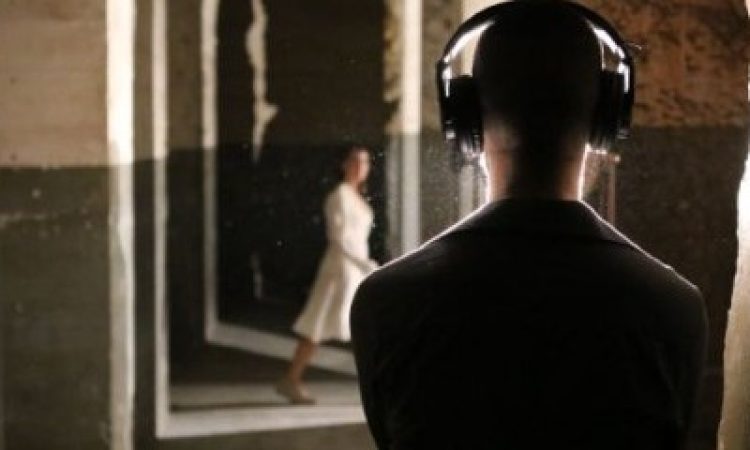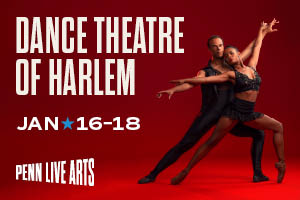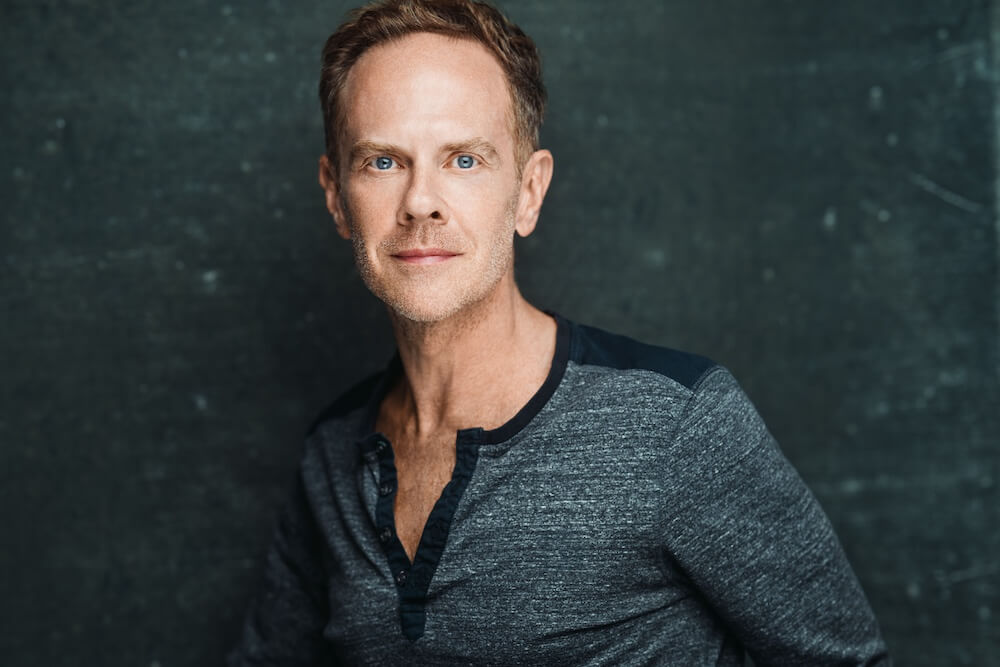Nichole Canuso Dance Company premieres its latest work, The Garden, an interactive experience where audience members are guided by voices via headsets through a maze of white rooms and corridors. After a preview during this year’s Fringe to work through the kinks involved in performance, timing, lighting, and set design, Canuso and her collaborative design team, including James Sugg and Michael Kiley (sound), Anna Kiraly (set), and Yi Zhao (lighting) invite Philadelphia audiences to embark on an underground journey described as a “personal connection rather than public display.”
Viewers – only six per show – play an active role. The audience begins sitting in a room with the performers. During my time in The Garden, I was encouraged by a soft voice to acknowledge the others, and then instructed to follow a girl leaving the room. We halted. The voice prompted me to begin a distinct movement pattern. As I found synchrony with another audience member in this dance, two performers began manipulating the space and timing around us. Participants were clearly hearing varied versions of the recording, just as each individual perceives a unique inner monologue. Not only did the headset provide physical direction through the show, but provoked mindfulness. It heightened my awareness of what I was doing and led me to question why. After a moment, a new voice led me to a new place, a fresh interaction, a different perspective. I wondered what everyone else was encountering.
thINKingDANCE writer Whitney Weinstein interviewed The Garden’s choreographer, Nichole Canuso, on October 31, 2013 to gain insight into this new work and its creative process.
WW: What themes did you work with?
NC: I was thinking about all the different ways we can be in our bodies in relation to other bodies and those relationships and experiences. People walk through as themselves, yet there’s a very specific journey outlined. We designed something where there is room for the audience to embody the experience in their own personal fashion. I thought about creating 360 degree experiences, so it includes sensation in the choreography, shifts in scale, proximity and touch. The theme of seeing and being seen comes up a lot.
WW: The work is described as both intimate and expansive. What does that mean to you?
NC: There are subtle moments where the audience is alone and given a drop of an idea. Then there are moments when they’re bombarded by people and environment and change. It’s about the shift, and that’s part of our rhythm as humans. The project touches on how ultimately alone we are, and that there’s no way for us to know fully what others experience. That’s something to cherish, but it’s also bittersweet. Our disconnection is our connection.
WW: What was your inspiration?
NC: Each project I do spirals into the next one. Wandering Alice (2008)was a rich terrain. It left me hungry to continue exploring the 360 degree angle. Later I worked on a project called Takes, where the installation was viewable from all sides. We created a ten minute prototype where the audience received directions through headsets of what to do inside the box, and that made me curious about an evening length work with an unrehearsed audience. It was less about what they looked like and more about the experience of walking through prompts. The more I ruminated on it, the more I began imagining a large environment with enclosed spaces where people could really feel alone on their own trek.
WW: Why did you choose The Powerplant Basement as your space?
NC: I knew I needed a large, empty space to create a fabric maze. The walls, depending on the light, could feel fixed or transparent. I went to visit The Powerplant and was nervous about not having sunlight. Windows were a big part of our exploratory period. But then I started to become excited about this idea of the underneath, the basement being a container with things that no one else really knows about. I began thinking about the things we hold in our bodies that no one else knows about, like the basement. Plus we needed a space where we could move in for four months so we could rehearse with an audience and set.
WW: What was your creative process like?
NC: It started with a lot of writing and thinking and talking, solidifying ideas. It’s been a cumulative, on-and-off process that slowly picked up speed. My first workshop was a one-week intensive with dancers and a sound designer to see where these ideas would go. That group became a very important part of the next 18 months. When we moved into The Powerplant, the set started to be built around us. The sound designers have been with us the longest, but the set, costume, and lighting designers have been with us for a full six months. The performers really carry the show with their presence. The show required a long extensive tech period in order to program the sound cues down to the minute.
WW: And how does the audience fit into your process?
NC: The audience is on a journey that feels very free and then there are scenes where they need to meet at the exact same place at the exact same time. I used Excel spreadsheets to organize the sections and design the final phase of the work, and ended up doing a lot more math than I expected to, but I loved it. The task was essentially to create six performances-for-one, but line them up to happen simultaneously, in the same space. The bodies of the audience are a key component of the work so we invited test audiences to our rehearsals on regular bases. In between we used one another as test audience, which held the added benefit of teaching the dancers about the experiences from the inside, further informing their ability to perform with sensitivity.
WW: How do you feel this work is expanding the arts scene and experience in Philly?
NC: There’s a lot of curiosity about what the relationship between audience and performer can be. Hopefully this project is inspiring to people because it continues that conversation. I’ve been thinking about what it means to put rehearsed and unrehearsed bodies in a room, which is very different from trained and untrained. In a sense, we’re all trained, dancers and audience alike, in different ways. The dancers in The Garden understand the environment we’re inviting the audience into. The audience understands themselves. By coming into the space we meet in the middle. We offer guidance as the audience navigates their own version of the work. I’m sure the experience of creating this project will continue to influence the ways I approach future explorations. I can only hope it will influence other artists as well in one way or another as we all continue our quest to inspire and be inspired, to walk alone and to connect.
The Garden, Nichole Canuso Dance Company, The Powerplant Basement, 230 N. 2nd St # 3C, Philadelphia, November 1-17, http://nicholecanusodance.org/productions/garden.






